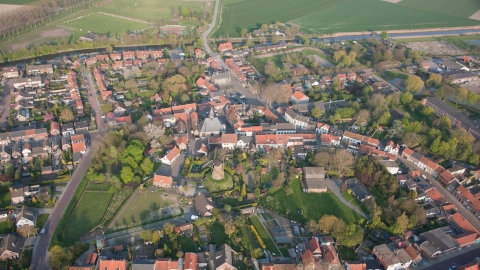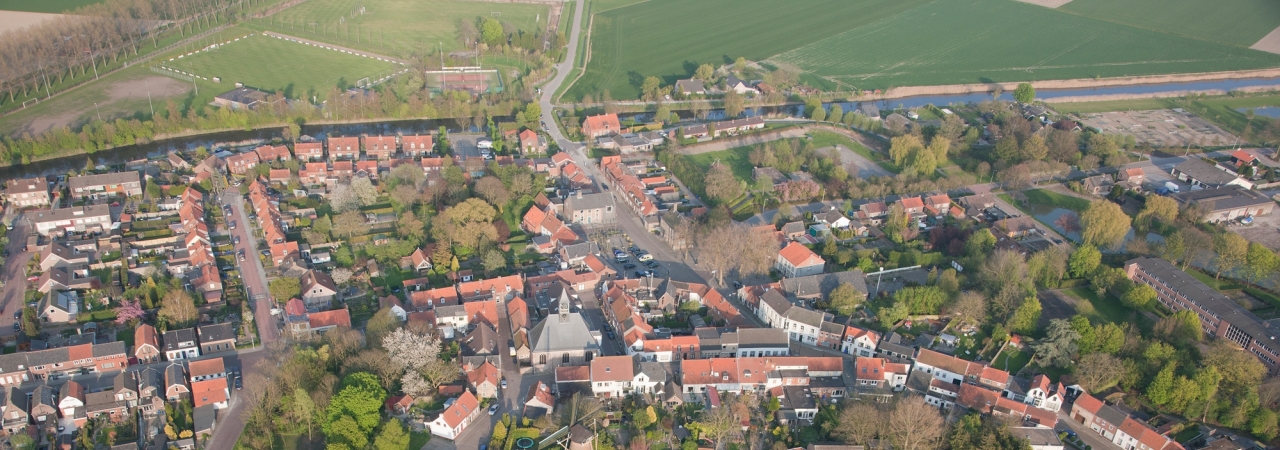From the 12th to the 14th century, Biervliet was a considerable town. The town owed its prosperity to the flourishing salt industry, whereby salt was extracted from peat. By around 1400, nearly all the local peat had been used and the economy of the town started to decline. At that time, heavy storm floods also took their toll and the town ended up on an island. At the start of the Eighty Years’ War, both the town and the island on which it was situated had considerably reduced in size.
In the early 1580s, Alexander Farnese, the later Duke of Parma, embarked on a field tour through Flanders aimed at recapturing this region for the Spanish crown. In 1583, the Land of Waas fell into his hands. In response, the States troops led by Filips, Count von Hohenlohe, occupied the harbour town of Ter Neuzen and Biervliet.
In 1592 – 1593, the States built a fortification inside the walls of the old town. It was a pentagonal fort with earthen embankments, with a bastion on each corner and surrounded by a moat with counterscarp. The fort lay in the north-eastern corner of the old town and bordered on the north-eastern side on the sea. On that side, therefore, the embankment served as a sea defence. Due to its position on the sea, the inner courtyard was raised two to three metres. After the Eighty Years’ War, the stronghold lost its function. In 1688, it was decided to demolish the stronghold. In the centuries which followed, the stronghold was demolished piece by piece. Little remains today. The filled canals and excavated embankments can still be recognised as lower and higher parts respectively within the built area. The bastion on which the mill stood (and still stands) is still quite recognisable.


